This year’s Christmas Bird Count in Queens was a very different experience for me than the last two. I was in a 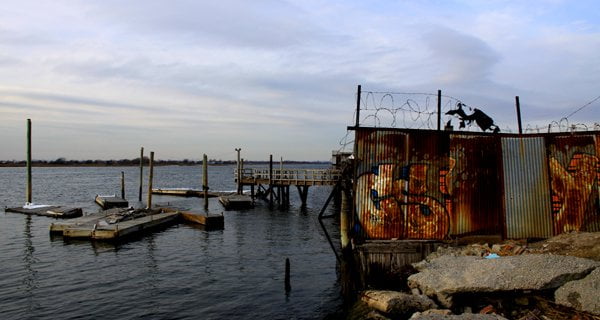 completely different section of the count with completely different birders, and the new (to me) section of the count traditionally gets the most birds simply because of the ocean, beach, bay, and grassland-like habitat. So yeah, it was nice to be in a section where the biggest problem was covering the entire area rather than finding birds to count! The five of us covering what is known as the Atlantic Beach section of the count had our work cut out for us. Not only does the section cover Atlantic Beach’s coastline and interior in southwesternmost Nassau County but we were also responsible for the coast, land, and bay in the Far Rockaways in southeasternmost Queens. It is a great chunk of turf if one overlooks the fact that the Far Rockaways have been falling apart essentially since the area became inhabited, razor wire is a far more likely sighting than Razorbills, and some of the backstreet parking makes you wonder if your car will still be there when you return.
completely different section of the count with completely different birders, and the new (to me) section of the count traditionally gets the most birds simply because of the ocean, beach, bay, and grassland-like habitat. So yeah, it was nice to be in a section where the biggest problem was covering the entire area rather than finding birds to count! The five of us covering what is known as the Atlantic Beach section of the count had our work cut out for us. Not only does the section cover Atlantic Beach’s coastline and interior in southwesternmost Nassau County but we were also responsible for the coast, land, and bay in the Far Rockaways in southeasternmost Queens. It is a great chunk of turf if one overlooks the fact that the Far Rockaways have been falling apart essentially since the area became inhabited, razor wire is a far more likely sighting than Razorbills, and some of the backstreet parking makes you wonder if your car will still be there when you return.
dawn at Atlantic Beach
Stella Miller, Seth Ausubel, and I met up shortly before seven and drove out to Atlantic Beach where we rendezvoused with Pete Shen, a Queens birder who was first introduced here on 10,000 Birds way back in 2007. Then we all put our scopes up and stared at the ocean, or, rather, the birds on the ocean. All three scoters, American Black Duck, Red-breasted Mergansers, both expected loons, Brant, gannets, Long-tailed Ducks, the three expected gulls, and Sanderlings were all quickly found and counted. Then Seth spotted a Lesser Black-backed Gull, Pete picked up Purple Sandpipers and a Peregrine Falcon, and we were sitting pretty for our first stop. Common Eiders, until the last several years a real rarity for the count, were our next good bird, and then Pete and I split off from Seth and Stella to walk the beach to Rockaway Inlet while searching for good birds while Stella and Seth did some searching further from shore.
American Oystercatchers by Pete Shen
Pete and I quickly found a small flock of Horned Larks, spotted some Bonaparte’s Gulls offshore, and were surprised to be buzzed by the four American Oystercatchers in Pete’s picture above. Add to that an adult male Common Eider and five “Ipswich” Savannah Sparrows and we were really finding birds. Then our exploration of the dunes, where we really needed to find Snow Bunting, failed. We only managed a single Song Sparrow. The entire count would end up without Snow Bunting despite our best efforts, a not entirely unexpected dip(I’ve never seen one in Queens) but a frustrating one.
We met back up with Stella and Seth and did a bit more land birding, which netted us expected passerines like Black-capped Chickadee, American Tree Sparrow, and Yellow-rumped Warbler, and then headed over to Sutton Pond, an assuming little body of water completely surrounded by housing except for one little mini-park on the side of the road. Though the pond was mostly iced-over what open water remained held a bonanza of dabbling ducks. Mallards and American Black Ducks and a hybrid between the two were just the beginning. Gadwall, Northern Shoveler, and a single Northern Pintail rounded out our dabblers, and a young Black-crowned Night-Heron and a bunch of Hooded Mergansers were great additions as well.
American Black Duck X Mallard hybrid
Our next stop, Kennedy Fried Chicken, had my favorite bird of the day, crispy, yummy, greasy, chicken. It gave us just the energy we needed to bird Bayswater Point State Park, a small park that I had never been to before. It jutted out of the Rockaways into Jamaica Bay, directly across from JFK Airport, and gave great views of large parts of the bay. Pete and I stayed busy counting ducks and geese while Stella and Seth searched the nearby neighborhoods for land birds. Our best find was Pete’s Pied-billed Grebe though an Orange-crowned Warbler was a nice sight as well.
Orange-crowned Warbler above by me, below by Pete Shen
Showing great timing, Bob Dieterich, the leader for our sector who had been out birding other location all morning, 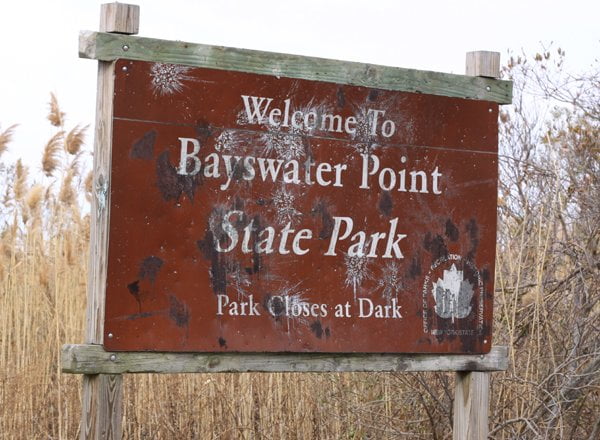 showed up while Pete and I were watching the Orange-crowned Warbler. He had news of a couple of excellent sightings, a Semipalmated Plover and a Red-necked Grebe, both very difficult birds to get on the Queens Christmas Bird Count. Then Seth and Stella showed and bragged about their Brown Thrasher and we
showed up while Pete and I were watching the Orange-crowned Warbler. He had news of a couple of excellent sightings, a Semipalmated Plover and a Red-necked Grebe, both very difficult birds to get on the Queens Christmas Bird Count. Then Seth and Stella showed and bragged about their Brown Thrasher and we 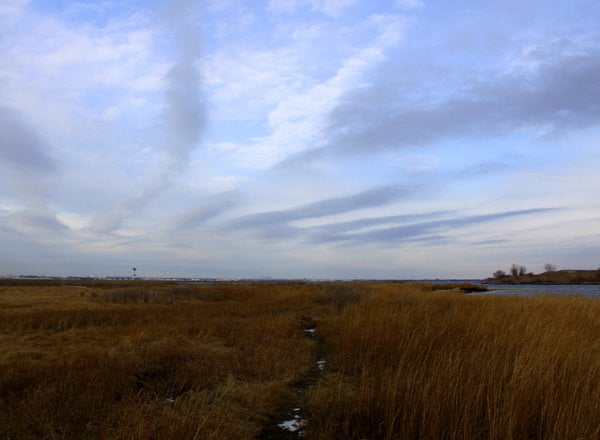 couldn’t believe the number of birds on the composite list for our section! We looked around Bayswater Point State Park a bit longer and didn’t come up with anything new, though we did refind the warbler so Stella and Seth could get a look. Then it was back to the cars and off to the old capped landfill, the closest thing we have to grassland habitat in our section of the count.
couldn’t believe the number of birds on the composite list for our section! We looked around Bayswater Point State Park a bit longer and didn’t come up with anything new, though we did refind the warbler so Stella and Seth could get a look. Then it was back to the cars and off to the old capped landfill, the closest thing we have to grassland habitat in our section of the count.
Once we reached the old landfill we were pleasantly surprised by an American Kestrel, the first of several pretty good birds to be found in the overly-short grassland (it had apparently been mowed too short prior to the onset of winter, preventing it from being ideal habitat for hoped-for Short-eared Owl and Rough-legged Hawk). A big flock of grazing Snow Geese proved to hold 390 or so birds and we found the only three Wilson’s Snipe and only nine Eastern Meadowlarks for the count. Our only non-Ipswich Savannah Sparrow of the day followed and then an American Pipit flew over, the only pipit we would count for the day.
American Pipit (at Jones Beach a couple of days before the count)
At this point Pete had to take off to go spend some time with his family and Bob, Stella, Seth, and I moved to another park, DuBois Point, and had as a highlight a single Ring-necked Pheasant, though we also saw a bunch of other common land birds. Once we were done with DuBois Point Stella and Seth called it a day, mostly because they had done the North Nassau Christmas Bird Count the day before and were starting to get into that zombie phase where they were just stumbling along and making no sense whatsoever.
Seth scanning at DuBois Point
That left Bob and I to search assorted back street vantages of the bay, vacant lots, and other random stops that did not net us too terribly much. We ended the day back in Nassau County where we managed to find three Northern Flickers, bringing the total for our sector to 76 species, which might be the most ever recorded in the Atlantic Beach portion of the Queens CBC. As of this writing the total for our CBC is 110 112, which ties is about five short of our all-time record. Here’s hoping that a feeder-watcher reports something good…
sunset over Jamaica Bay
…


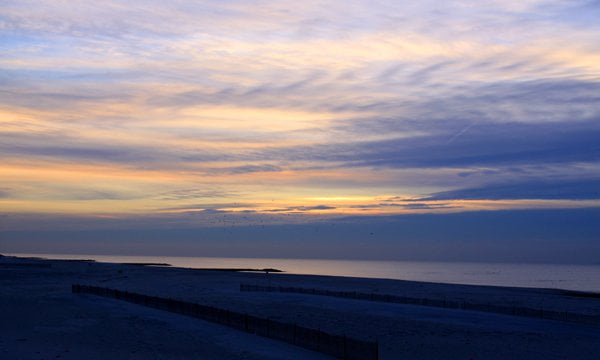
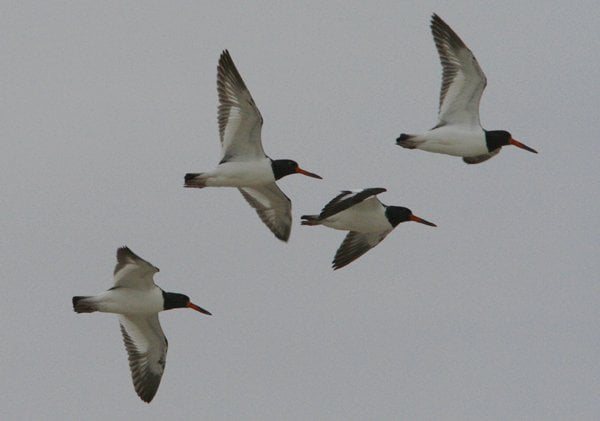
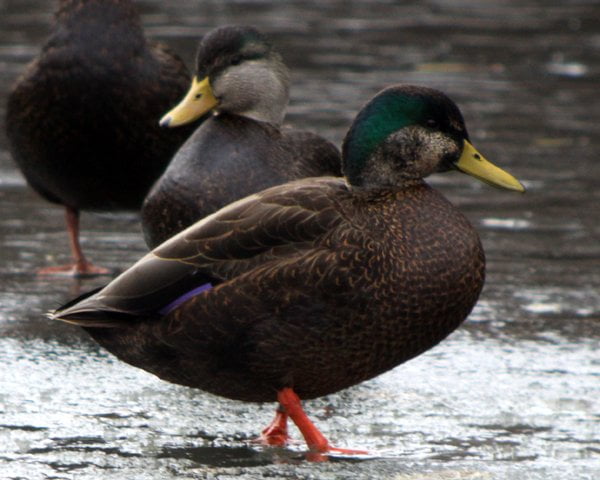
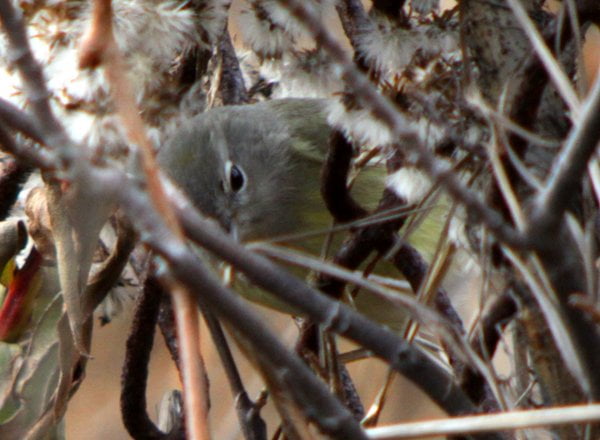
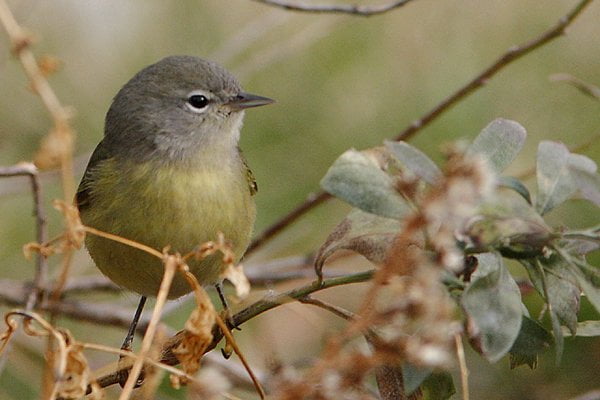
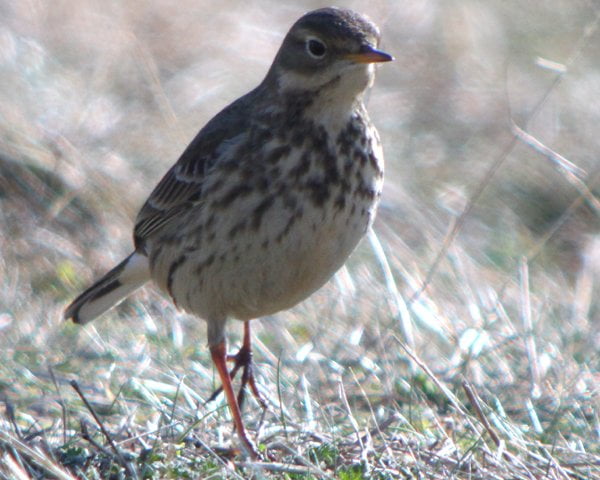
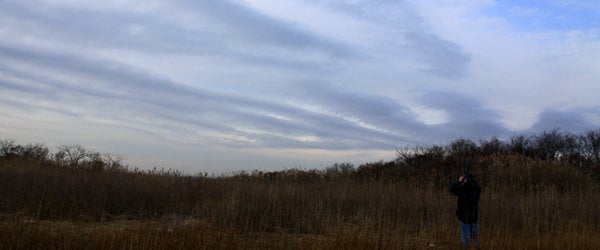
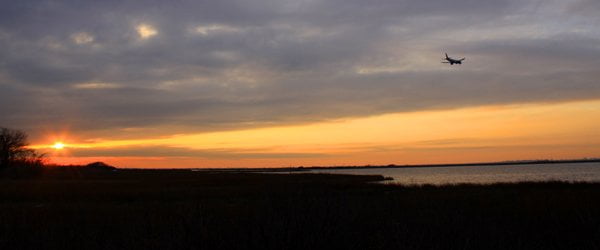











This is one of the great things about CBCs, I think, the exploration of a territory you usually don’t bird, the finding of birds in areas where you can’t believe there will be anything alive, the exhilaration of finding those birds with other birders. Great job, great saves!
Corey,
You were in good company.
Nellie
Nice! I just participated in my first CBC and it was so remarkable. It’s been great reading about other people’s experiences. Thanks for this blog post and the wonderful images!
Looks like a great day! Do I see green on the crown of the Anas duck behind the obvious hybrid/introgressant, too?
I sure miss a lot of those birds!
r
@Donna: Exactly, and thanks!
@Nellie: Yes I was.
@Flicker Boi: Thanks. Glad you liked your first (of hopefully many) CBC.
@Rick Wright: There is a bit there…so a mostly black duck with a tiny bit of Mallard?